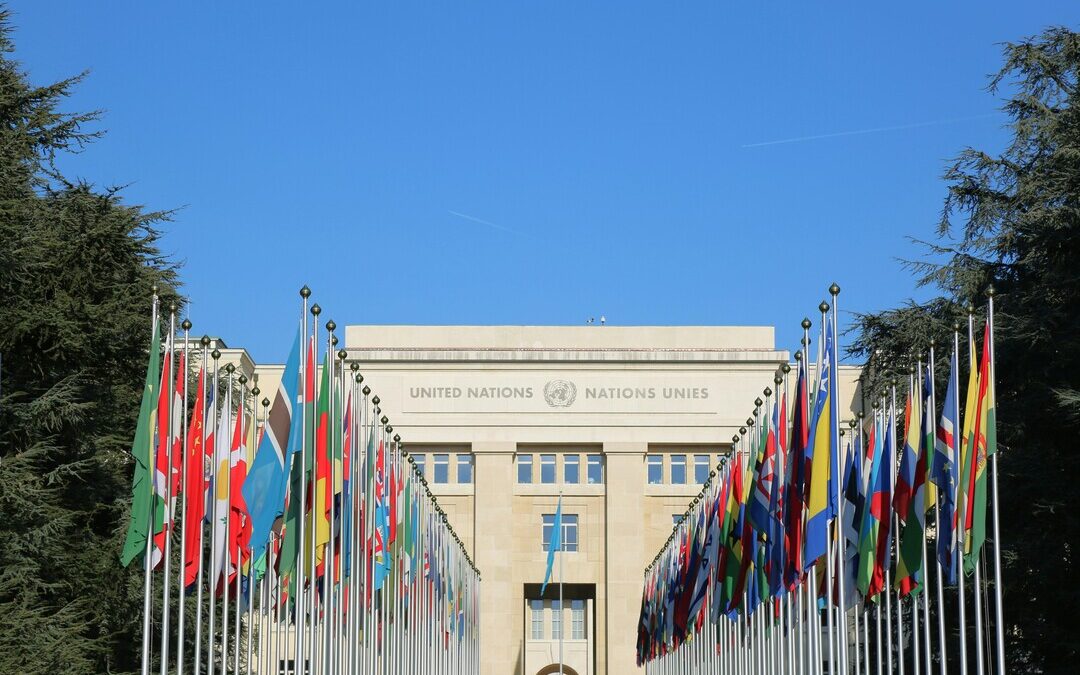UN Adopts New Carbon Credit Rules to Boost Climate Market Credibility
New UN standards set stricter rules for carbon credit projects to ensure real, measurable climate impact.
A United Nations body overseeing the carbon market under the Paris Agreement has adopted a set of landmark rules aimed at ensuring the environmental integrity of emissions reduction projects — a step seen as critical to boosting confidence in international carbon credits.
The Supervisory Body for the Paris Agreement Crediting Mechanism on Friday approved new standards for measuring and accounting for emission reductions.
The rules include methodologies for establishing baselines — the level of emissions that would have occurred without a project — and for tracking unintended emissions increases elsewhere, known as “leakage.”
The adoption marks a major milestone in operationalizing Article 6.4 of the Paris Agreement, which allows countries and private actors to generate and trade carbon credits tied to verified emissions cuts.
Baseline Standard Aims to Prevent Over-Crediting
Under the new baseline standard, projects must estimate emissions reductions using a benchmark at least 10 percent below historical or business-as-usual levels.
In addition, all baselines must be adjusted downward by at least 1 percent over time to prevent credit volume inflation and ensure real climate impact.
“These decisions reflect years of technical work and wide stakeholder input,” said Martin Hession, chair of the Supervisory Body. “We have now ensured that crediting levels align with a credible pathway to net zero, including a built-in mechanism for downward adjustment over time.”
Leakage Rule Enhances Credibility and National Alignment
The leakage standard clarifies how projects must identify and account for indirect emissions increases. It also requires project-level REDD+ activities — efforts to reduce deforestation and forest degradation — to align with national strategies, strengthening their credibility and coherence with host countries’ broader climate policies.
The Supervisory Body also adopted decisions to promote equitable benefit-sharing and expand capacity-building for developing countries looking to participate in the mechanism.
A new consultation process will explore how host countries can distribute mitigation benefits fairly.
In another development, the body approved updated rules for transitioning legacy cookstove projects, requiring them to use the latest available data to qualify under the PACM framework.
Funding Challenges Ahead as Transition Slows
The decisions are intended to lay a strong foundation for issuing “high-integrity” carbon credits and accelerating global mitigation efforts.
However, officials warned of a near-term funding gap due to slower-than-expected transitions from the earlier Clean Development Mechanism. New projects under PACM methodologies are expected to scale up from 2026.
The Supervisory Body said it will continue to monitor the funding situation and report to Parties under the Paris Agreement. It aims to approve the first PACM methodologies by the end of 2025.
The PACM, also known as Article 6.4 of the Paris Agreement, is designed to support countries in meeting their climate goals by facilitating international cooperation on emissions reductions. It enables the generation of verified carbon credits that can be traded or applied toward national climate targets.
Also Read:
COP29 Secures First Major Win with Adoption of Carbon Credit Standards
Nirmal Menon
Related posts
Subscribe
Error: Contact form not found.


